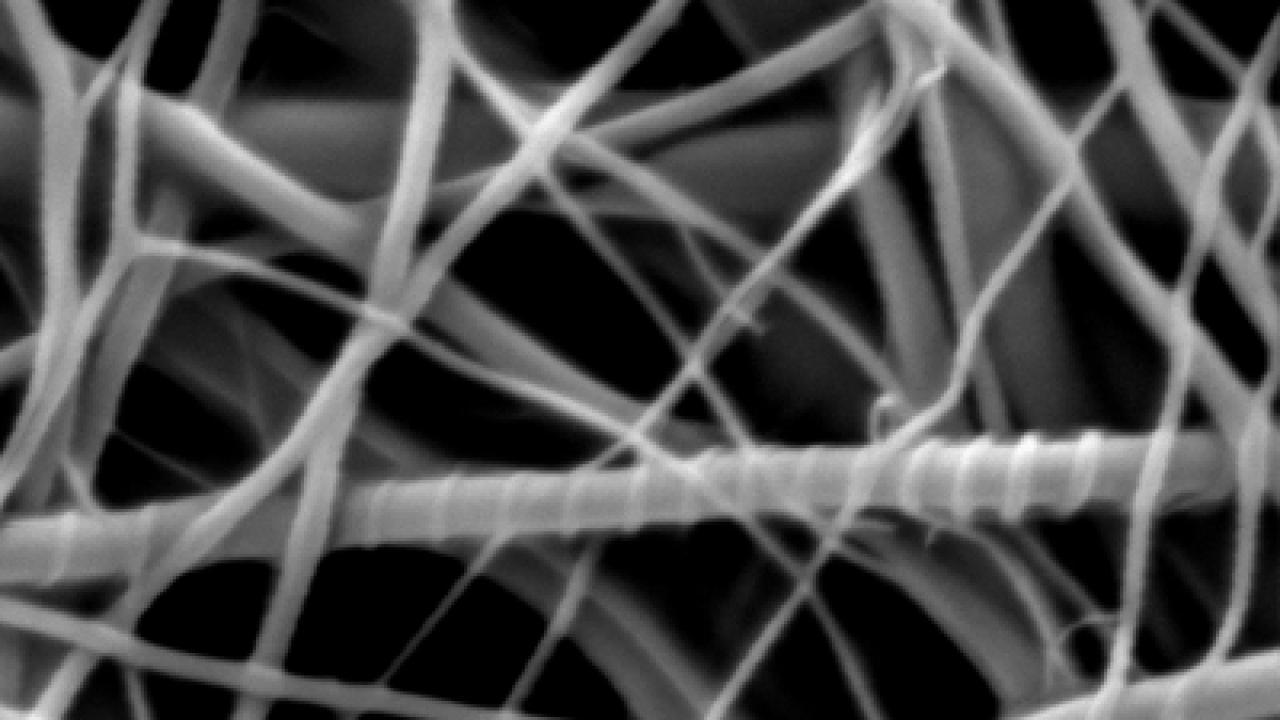
Non-toxic, cheap and abundant: titanium dioxide (TiO2) and its applications have become very common in everyday life. From the uses in paint to water purification, TiO2 has the ability to catalyse the simple reaction of splitting water with solar light and can also oxidize organic compounds, giving birth to a surprising number of environmental applications and to an efficient exploitation of solar energy.
For these reasons, many practical applications focus on a specific form of TiO2, the promising black hydrogenated titania nanoparticles. They can be manufactured by applying one of several different experimental protocols. Not every protocol, however, makes the material equally efficient in performing the photochemical reaction with sunlight, and the reason could be hidden in the intimate atomic structure of TiO2.
In order to find out why these different protocols create such different results, Nicola Seriani, a long-term researcher in ICTP’s Condensed Matter and Statistical Physics section, along with ICTP associate Reza Mohammadizadeh and PhD student Samaneh Ataei, performed a series of computer simulations to analyze how manufacturing processes affect the chemical structure of the titanium crystals. The results of their research were recently published in The Journal of Physical Chemistry C.
“The chemical process employed by TiO2 is called photocatalysis, but TiO2 normally uses only ultraviolet light (UV) to complete the reaction," says Seriani. "To employ either visible or UV light, TiO2 is doped with hydrogen ions, making the material black and more efficient in absorbing light and performing chemical reactions. However, several different features were described for hydrogen-doped TiO2, and cross-checking literature proves they partially contradict themselves.”
Seriani’s research focused on the atomic bonds created after doping, and the results suggest that black TiO2 properties are dependent on both hydrogen quantity and details of the synthesis methods. The researchers performed spin-polarized density functional theory calculations--a computational physics simulation--to approach the different electronic structures observed by experimental physicists when hydrogen concentrations change. Calculations were performed by first author of the paper, Samaneh Ataei, a PhD student at the University of Tehran who is participating in ICTP’s Sandwich Training Educational Programme (STEP).
“It was already known that hydrogen contributes to disordering the material by breaking up Ti−O bonds at the surface of TiO2 nanocrystals and thereby forming Ti-H and O-H bonds,” says Seriani, adding, “The novelty is that in our work we account for all different electronic structures observed in experiments, and we link them to the details of the doping process. For instance, we investigated oxygen vacancies, hydrogen bounded with an oxygen atom, and the substituted hydrogen at oxygen vacancy sites, some point defects that you could find in lattices at the atomic scale.” The researchers’ findings suggest that the hydrogen increase due to doping results in three different kinds of electronic structures. “Our results show that black hydrogenated titania with a high amount of oxygen substituted by hydrogen displays unique properties and could possibly be interesting for catalytic applications. Moreover, these results help in rationalizing the discrepancies among experiments performed under different conditions,” explains Seriani.
Although the photocatalytic properties of titanium are a huge field of research, it is not easy to set up an original line of research, as explains Ataei. “When I was at the University of Teheran, two years ago, I had the opportunity to follow a condensed matter meeting that occurred here at ICTP, and I successively applied for the STEP program to work with Nicola Seriani on black TiO2,” she explains. “Now, to go further and validate our theoretical results, we are focusing on practical confirmations. Thus, we recently contacted a laboratory in Dresden led by Edward Lavrov and we hope they will soon start with experimental measurements that will be able to confirm our results.”
The title of the paper is "Ab Initio Simulation of the Effects of Hydrogen Concentration on Anatase TiO2" (http://pubs.acs.org/doi/abs/10.1021/acs.jpcc.6b00019).
--Alessandro Vitale
















